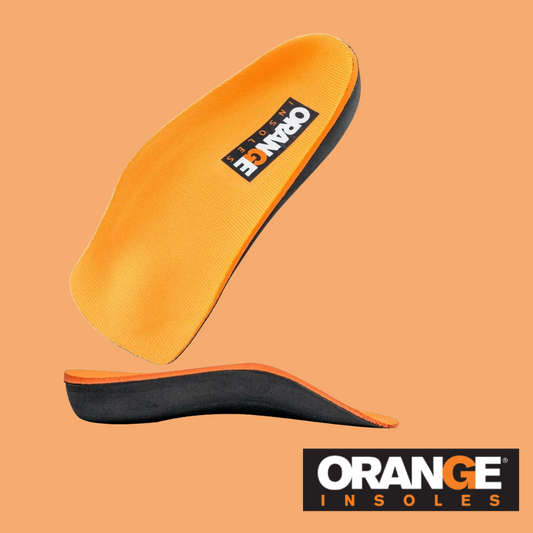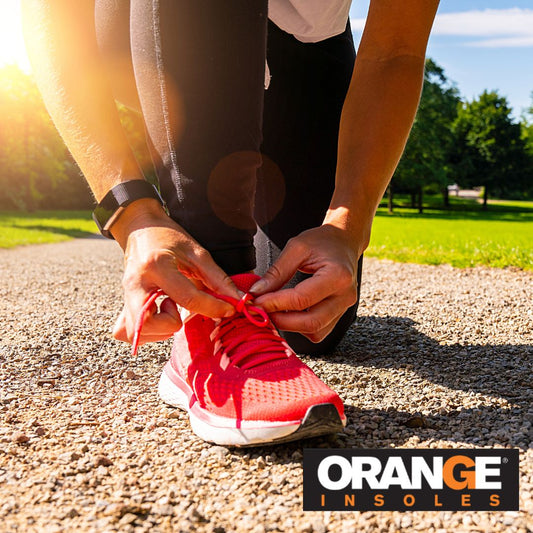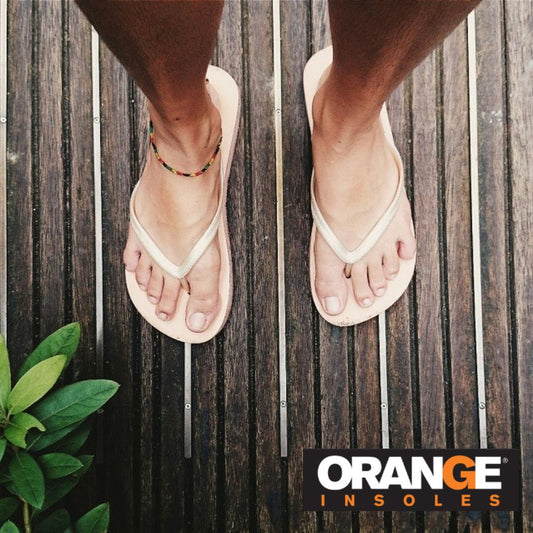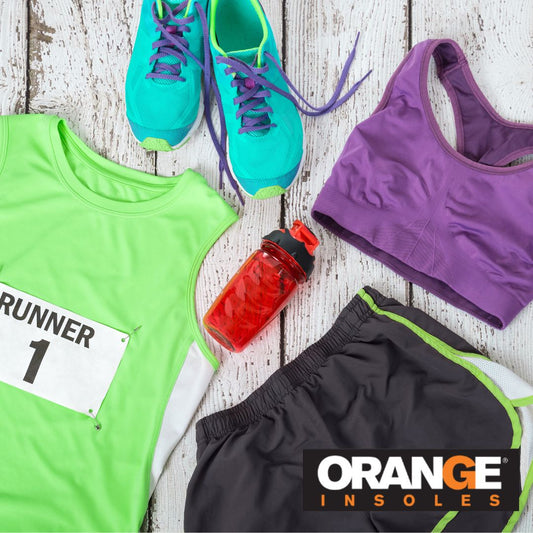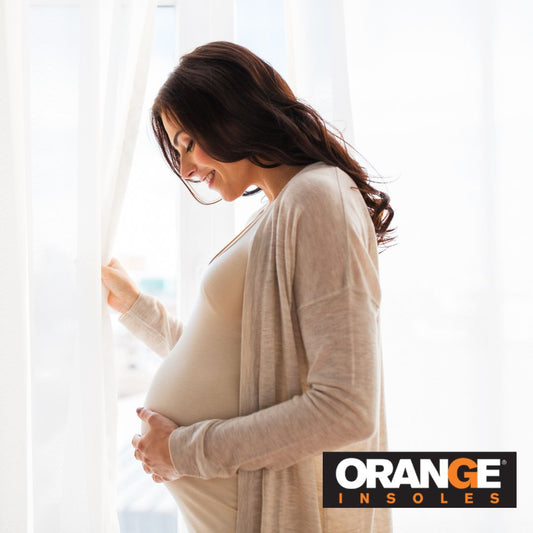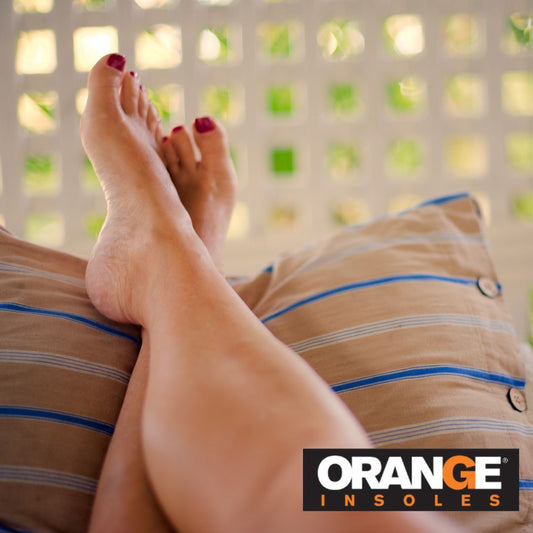Blisters on the feet can be painful, annoying, and can stop you in your tracks.
Most blisters are caused by a mixture of friction and pressure. When the skin of the feet is continually rubbed against a shoe, sock, or rough surface, irritation and inflammation often occur. The result is pain, swelling, and redness. A red sore will usually develop on the foot before the blister itself. If the sore isn’t treated, the skin will eventually tear and if not treated properly this can lead to infection and slow you down even more than the blister.
To make sure you can feel better and do more, follow these tips to prevent and treat blisters on the feet!
Don’t Pop Blisters
Avoid popping the blister, as this can increase the risk of infection.
However, if the blister is really painful and large due to fluid build up, you can drain it by poking a small hole in the blister with a sterilized needle. Be sure to wash your hands and the affected area beforehand. After draining the blister, clean the area with soap and water and apply an antibiotic ointment. Cover the blister with a bandage to protect it.
Prevent Moisture Build-Up
Moisture build-up in your shoes or sock can cause painful rubbing and eventually lead to blisters. Wear moisture-wicking socks to prevent moisture build-up. This will help to keep your feet dry and reduce the risk of blisters.
Some socks even have temperature regulation and blister protection built in!
Shoes With the Proper Fit Prevent Blisters
Ever found yourself nursing more than a hangover after a night out for drinks in your favorite (but uncomfortable shoes)? Shoes that don’t fit, rub. And rubbing will lead to blisters.
Wear shoes that fit properly to avoid rubbing against the skin. Shoes that are too tight or too loose can cause blisters. Make sure to try on shoes before purchasing to ensure a proper fit, get fitted by a professional, and wear the right shoes for the right activity…especially when playing sports!
Hint: You can use insoles to help shoes fit more snugly and prevent rubbing against the skin. Insoles can also help to cushion the feet and reduce the risk of blisters.
More Tips:
- Over-the-counter blister treatments, such as blister pads, can be effective in protecting the blister and promoting healing. These products can be found at most drug stores.
- Natural treatments, such as aloe vera or vaseline, can also be used to soothe and protect blisters. Simply apply the treatment to the blister and cover with a bandage.
- Thick bandages can help protect the blister and prevent rubbing until it is done healing
- If you feel pain during an activity, or notice the skin turning red, stop…this is a sign of an oncoming blister
Don’t get sidelined by something as small as a blister. Take care of your feet so your feet can help keep you active and healthy! By following these tips, you can effectively treat and prevent blisters so you can do more!
used by a mixture of friction and pressure. When the skin of the feet is continually rubbed against a shoe, sock, or rough surface, irritation and inflammation often occur. The result is pain, swelling, and redness. A red sore will usually develop on the foot before the blister itself. If the sore isn’t treated, the skin will eventually tear and if not treated properly this can lead to infection and slow you down even more than the blister.To make sure you can feel better and do more, follow these tips to prevent and treat blisters on the feet!
Don’t Pop Blisters
Avoid popping the blister, as this can increase the risk of infection.
However, if the blister is really painful and large due to fluid build up, you can drain it by poking a small hole in the blister with a sterilized needle. Be sure to wash your hands and the affected area beforehand. After draining the blister, clean the area with soap and water and apply an antibiotic ointment. Cover the blister with a bandage to protect it.
Prevent Moisture Build-Up
Moisture build-up in your shoes or sock can cause painful rubbing and eventually lead to blisters. Wear moisture-wicking socks to prevent moisture build-up. This will help to keep your feet dry and reduce the risk of blisters.
Some socks even have temperature regulation and blister protection built in!
Shoes With the Proper Fit Prevent Blisters
Ever found yourself nursing more than a hangover after a night out for drinks in your favorite (but uncomfortable shoes)? Shoes that don’t fit, rub. And rubbing will lead to blisters.
Wear shoes that fit properly to avoid rubbing against the skin. Shoes that are too tight or too loose can cause blisters. Make sure to try on shoes before purchasing to ensure a proper fit, get fitted by a professional, and wear the right shoes for the right activity…especially when playing sports!
Hint: You can use insoles to help shoes fit more snugly and prevent rubbing against the skin. Insoles can also help to cushion the feet and reduce the risk of blisters.
More Tips:
- Over-the-counter blister treatments, such as blister pads, can be effective in protecting the blister and promoting healing. These products can be found at most drug stores.
- Natural treatments, such as aloe vera or vaseline, can also be used to soothe and protect blisters. Simply apply the treatment to the blister and cover with a bandage.
- Thick bandages can help protect the blister and prevent rubbing until it is done healing
- If you feel pain during an activity, or notice the skin turning red, stop…this is a sign of an oncoming blister
Don’t get sidelined by something as small as a blister. Take care of your feet so your feet can help keep you active and healthy! By following these tips, you can effectively treat and prevent blisters so you can do more!




















